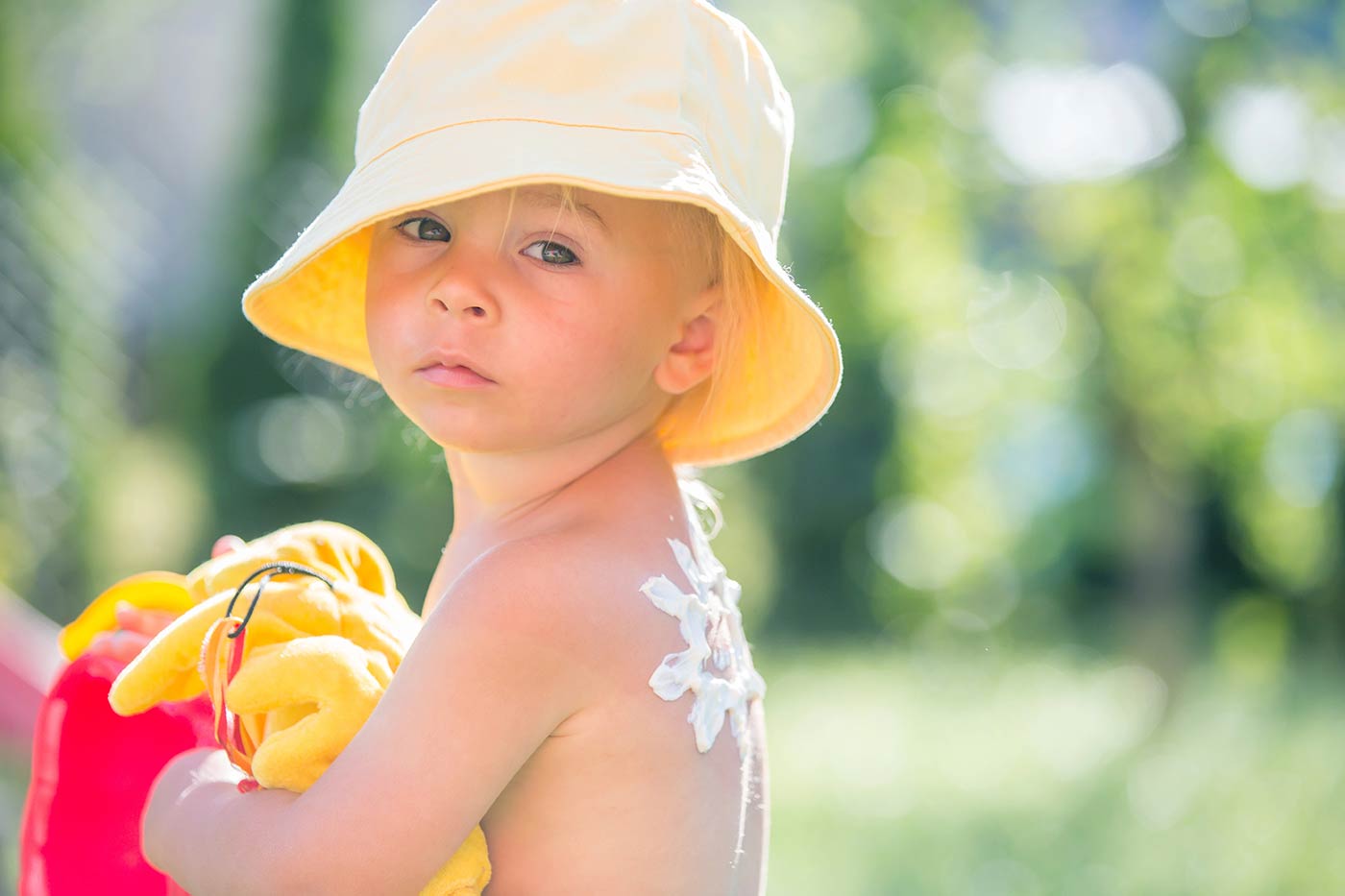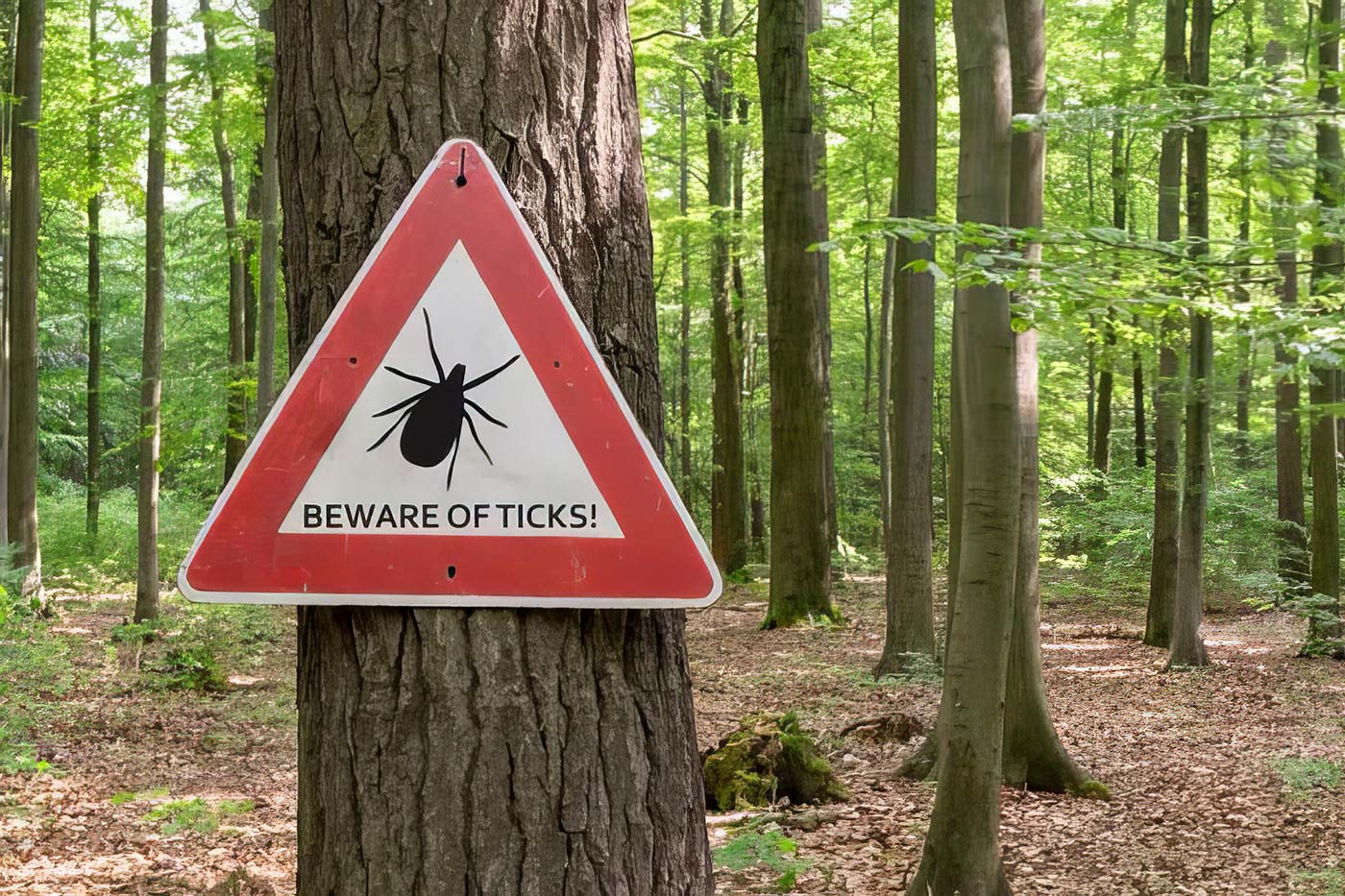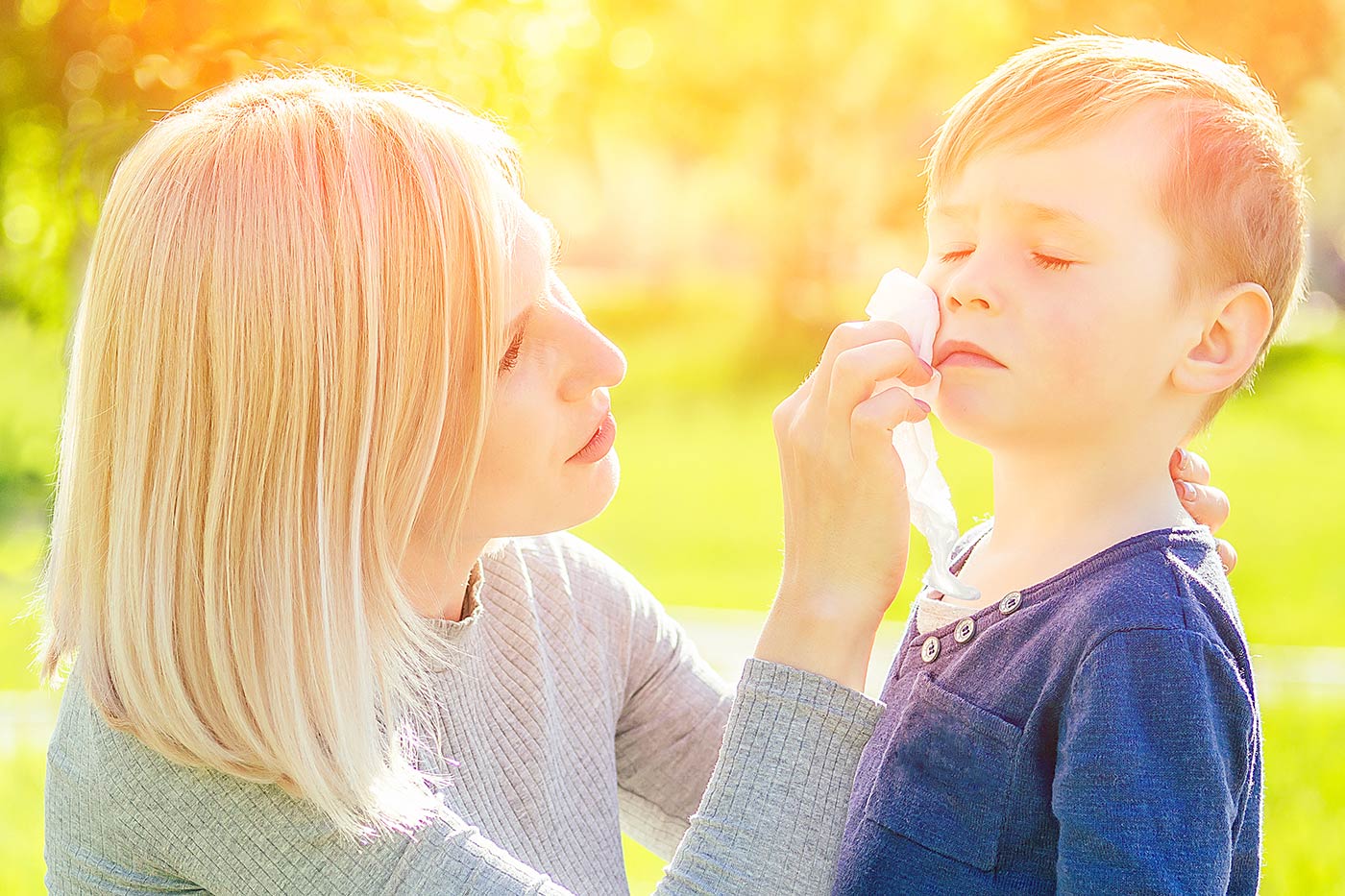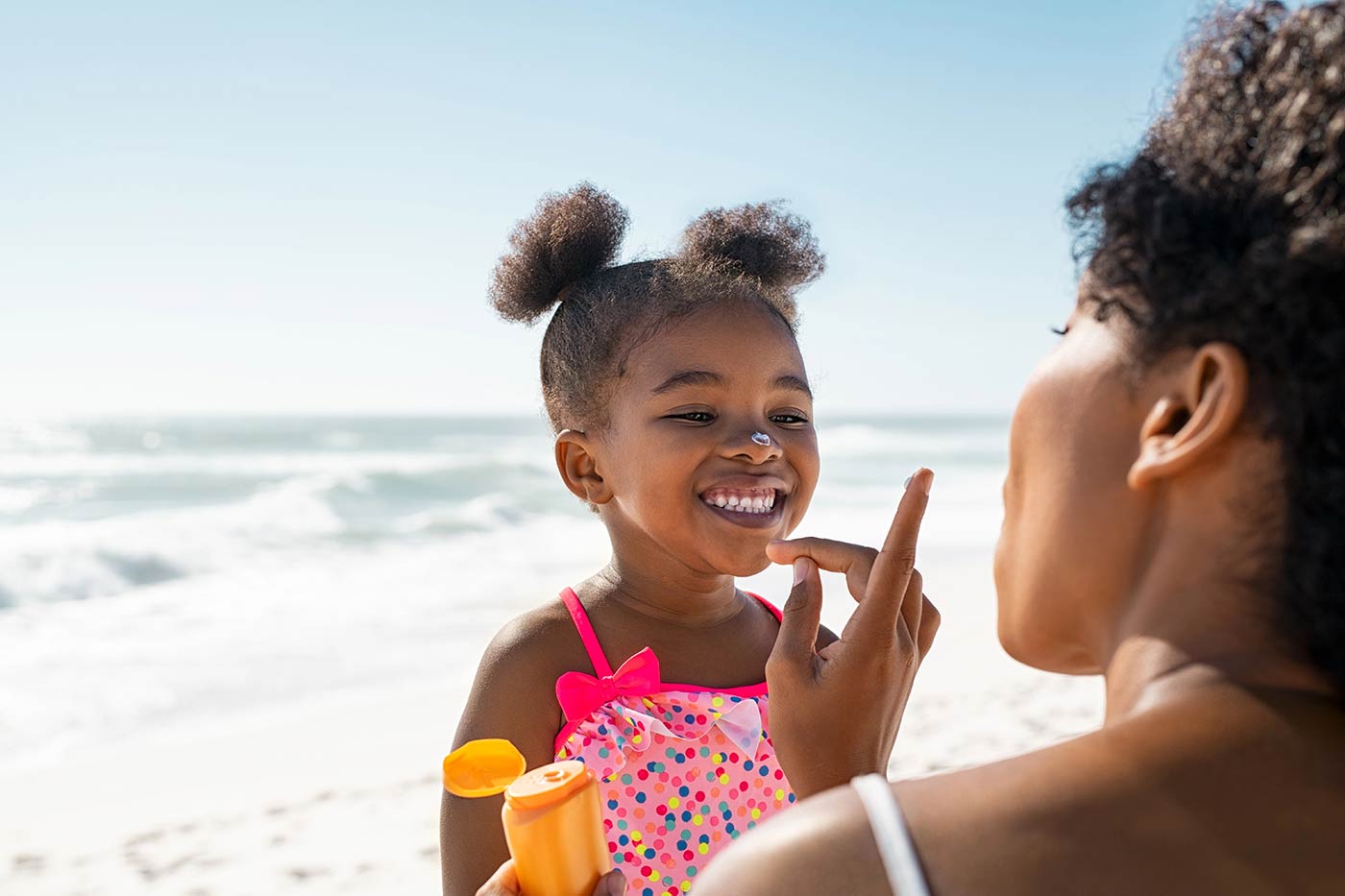Spring brings sunshine and outdoor fun, but for some kids, it also triggers Juvenile Spring Eruption (JSE)—an itchy, red rash that loves to pop up on ears. As a parent, I’ve learned this sun-sensitive condition can catch you off guard. Here’s what you need to know about spotting, preventing, and treating JSE, based on advice from the American Academy of Dermatology.
What Is Juvenile Spring Eruption?
JSE is a rare rash that hits kids, especially boys aged 5–12, after bright spring sunlight meets cold weather. It’s a type of polymorphous light eruption, showing up as red, itchy bumps or blisters on the ears’ edges—sometimes with neck swelling. It usually fades in two weeks but can recur each spring until around puberty.
Diagnostic Work-Up
Pediatric dermatologists often diagnose JSE by looks alone—red, bumpy or blistery ears after spring sun exposure are a giveaway. They’ll ask about sun time and past rashes. If it’s unclear, a skin biopsy might confirm it, checking for sun-triggered inflammation. Bloodwork isn’t routine but may be ordered if symptoms spread beyond the ears or mimic other conditions like lupus—tests like ANA (antinuclear antibody) or CBC (complete blood count) can rule out autoimmune issues or infections. For most kids, though, it’s a quick exam and done.
Prevention and Treatment
To prevent JSE, shield your kid’s ears from spring sun—wide-brimmed hats (3-inch brim or more) work wonders, and growing hair longer can act as a natural barrier. Use broad-spectrum sunscreen (SPF 50+) on exposed skin, even on cloudy days. For treatment, JSE often heals on its own, but itchy cases can get relief with over-the-counter hydrocortisone cream or antihistamines. Severe rashes might need a short burst of prescription steroids from a doctor to calm things down faster. Rarely, if it’s a yearly battle, spring phototherapy (controlled UV exposure) can “toughen” and “harden” the skin against flares.
Spring Tip for Parents
Spring’s first sunny days can sneak up, so gear up early. Before park playtime, slap on sunscreen 15 minutes ahead—use about a small paper cup’s worth (~1 ounce) for your kid’s body, rubbing it in evenly. Pair it with a hat and sunglasses (99–100% UVA/UVB protection) for extra defense. After sun time, wash off sunscreen with a gentle cleanser to keep sensitive skin happy.
Most JSE cases clear up on their own, but contact your doctor if the rash spreads beyond the ears (like to the face or chest), lasts over two weeks, or comes with fever, swelling beyond the neck, or oozing sores—these could signal infection or another condition like lupus. Severe itching that keeps your kid up at night or doesn’t ease with over-the-counter relief also needs to be seen by a board-certified pediatric dermatologist.
For more kids’ Spring skin safety tips, listen to our latest Don’t Be Rash podcast episode!




